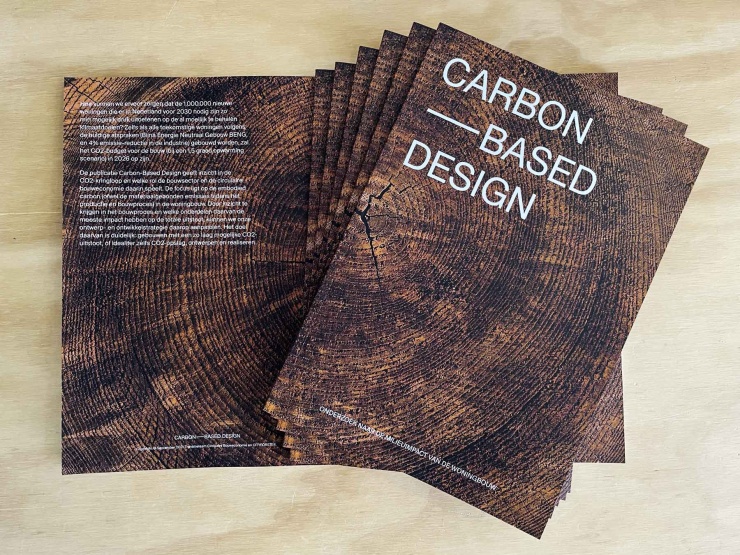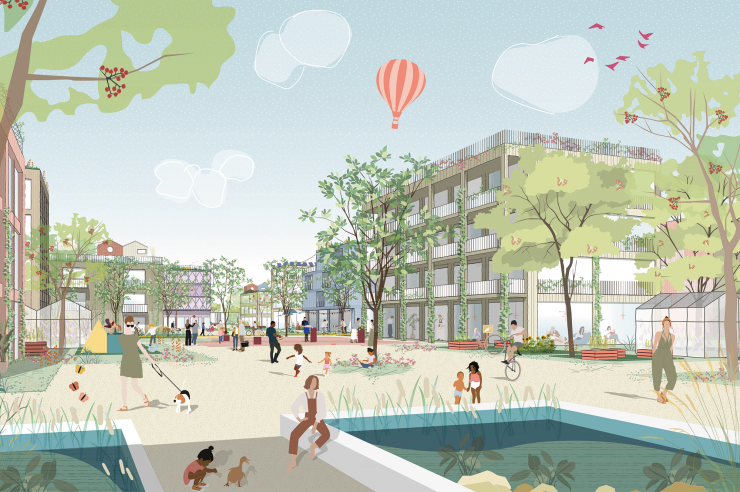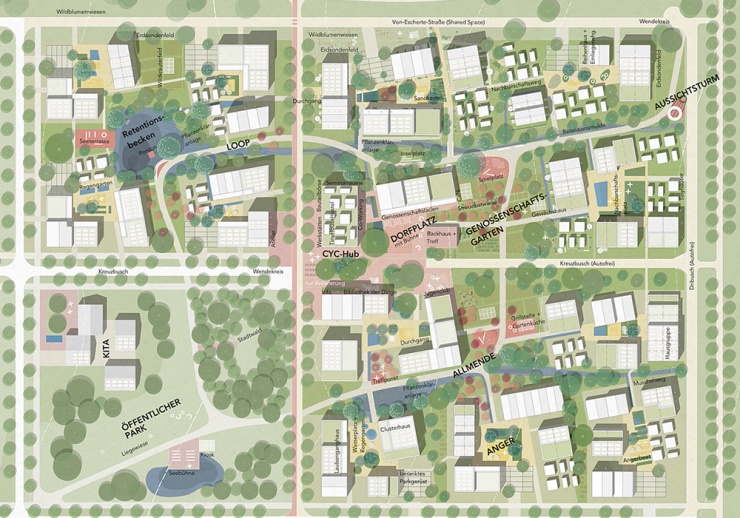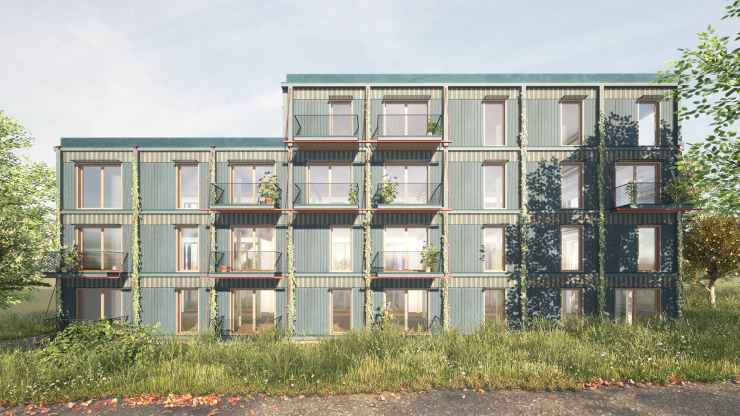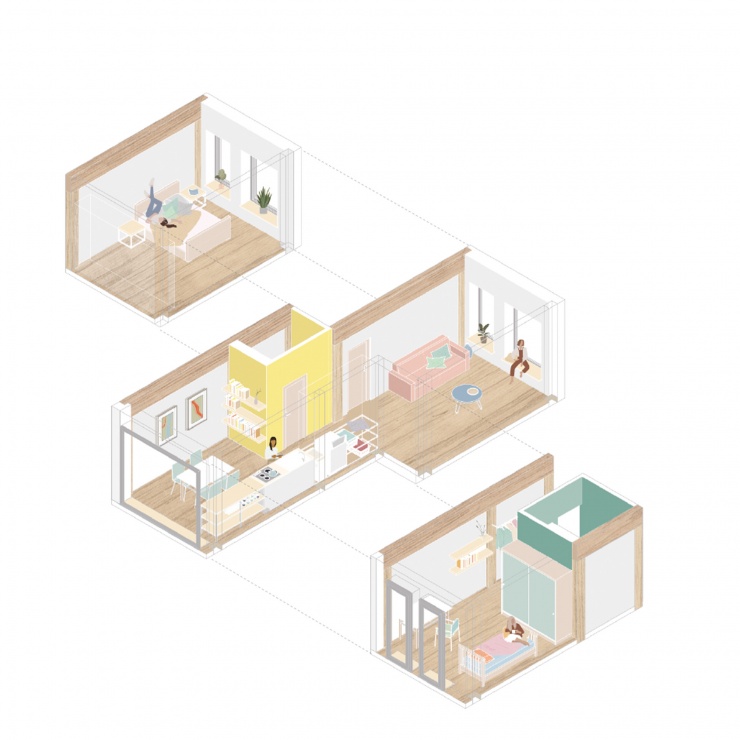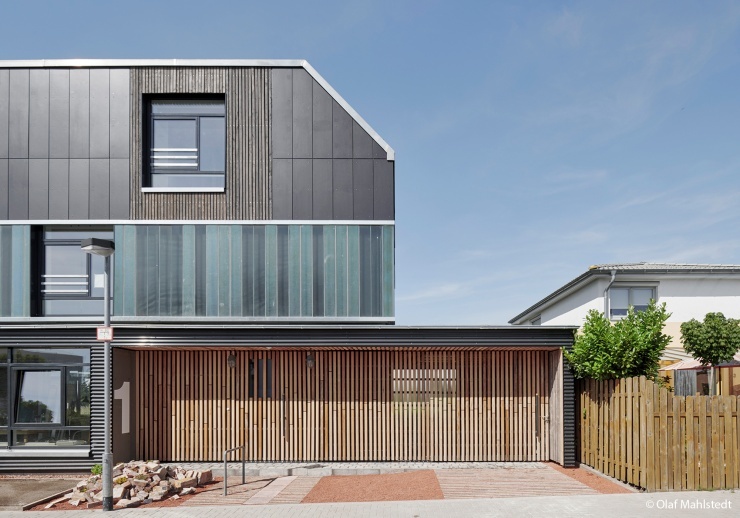Have a look at our Carbon-Based Design projects in more detail:
Carbon-Based Design
The term Carbon-Based Design stands for a new and long overdue era in architecture and urban planning. Meaning, that CO2 is included in our design processes from the start.
The building sector is responsible for 38 percent of all CO2 emissions. This leaves room for a gigantic savings potential – both on an emissions financial level. This issue is quickly gaining momentum in official debates. However, in our opinion, far too little is happening yet. That's why we have become active to find out how we can positively influence our share of CO2 emissions with our designs and targeted decisions. Building with renewable and recycled raw materials offers the possibility of using buildings as CO2 storage. This not only has the potential to reduce the CO2 consumption of buildings but also to extract CO2 from the atmosphere and bind it permanently. That way, buildings can not only be less harmful to the environment but can even start having positive effects on the climate and permanently relieve the burden on the environment. Carbon-based design unfolds its full potential when not only the building is considered, but also the associated infrastructure, in other words, the urban context.
This is where the decisive course is set for a CO2-optimized design. In the transition to a CO2-based economy, this also requires a new generation of architects who develop an innovative design and form language and accompany technical and social changes.
You can download the full report here.

